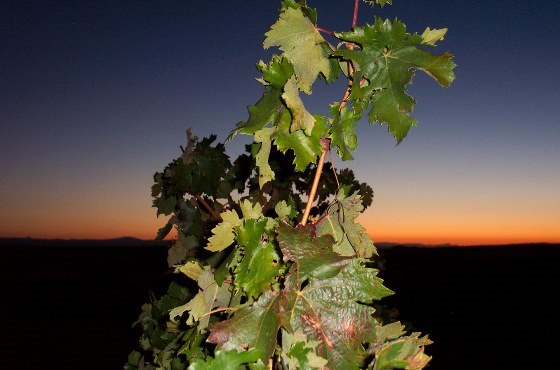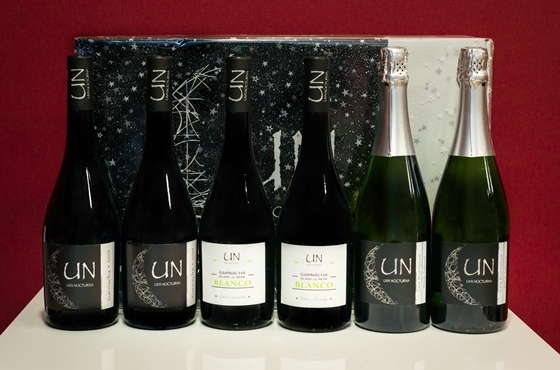Our vineyard lies in dry land and saso (high plain with stones and clay), suitable for growing grapes when accompanied by drip irrigation. It is located at an altitude of 400 meters approximately, based around a swamp that produces a special and appropriate microclimate for the grapes development. We grow varieties of Garnacha, Tempranillo (Clone of Tinta de Toro), Merlot, Cabernet, Syrah, and Moscatel.
Climate is extreme continental. In other words very cold in inter and hot in summer with maximum temperatures close to 40ºC. Although rainfall reaches 400 liters is not fully usable because it is originated from intense rains that the land cannot soak and is lost in natural canyons or ponds considering the lithography of the impermeable soil.
Bodegas Ejeanas vineyards are watered from photovoltaic solar energy, in such a way that it is possible to pump the water to the vineyard with sufficient flow. This avoids the water deficit that can cause ripening blockage.
This characteristic differentiate our vineyard from others during this time of climate change. Even with high temperatures and an intermittent and random water regime due to sudden changes in storms we achieve a regular diet in all the phenological stages of the vine. In full vegetative season we can provide enough water to guarantee a good leaf surface. In July, when the grain is growing, once irrigation is stopped, our vineyard guaranteed a normal grain size, with noncompact clusters enough to let air pass by. The characteristic Cierzo wind improves the grapes healthy avoiding aggressive treatments. It is also a very positive component to prevent pests and fungal diseases. And finally, in full maturity (the most important stage), well-dosed irrigation allows us to maintain adequate water stress, to avoid ripening blockage and achieve optimal maturation. This aspect is very important for red varieties.
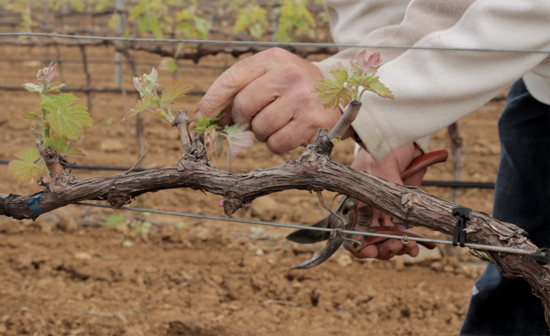
Vineyard during winter
After the leaf falls, between November and December, we carry out the winter pruning. It is the most important job of the year as it allows us to shape the vines and keep the harvest stable over time.
Afterwards, we proceed to clean the pruned branches and place the wires to train the vineyard for the next vintage. Then we work the soil with a semichisel to break the superficial crust generated after the harvest. In this way we aerate it and facilitate the winter rains infiltration.
Finally we tie the vines that have been released from the wire and leave the irrigation system ready for the following months.
Vineyard during spring
March arrives and with it the progressive rise in soil temperatures. Season begins. The vine awakens from its lethargy and drives the sap out producing weeping which will close the pruning cuts and allow the buds to sprout during March and April. At this time we start with the annual soil maintenance which will provide the vine with the necessary nutrients for its development.
When the branches reach between 10 and 15 cm in length we start our work “in green”: removing unwanted shoots. Thus we will eliminate the old wood shoots limiting the load of the vine improving ventilation and lighting and minimizing phytosanitary treatments. Maintaining the health of the grape is one of our quality bases.
Once the branches reach 60-80 cm, we raise the wires to better distribute the vegetation, promote upright bearing and improve subsequent maturation.
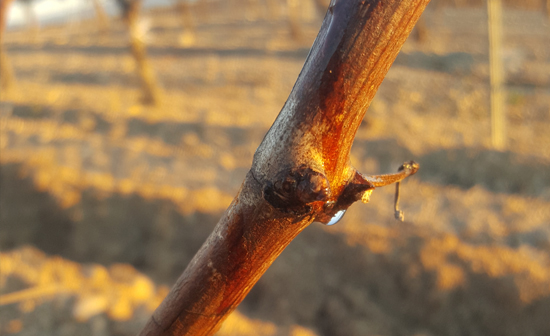
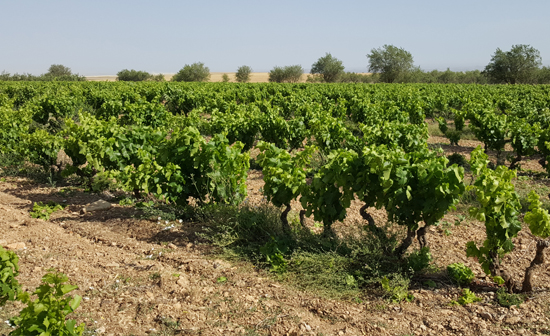
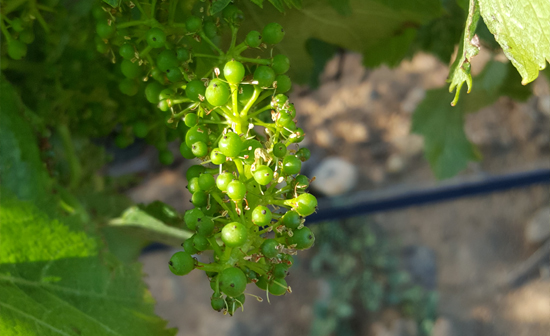
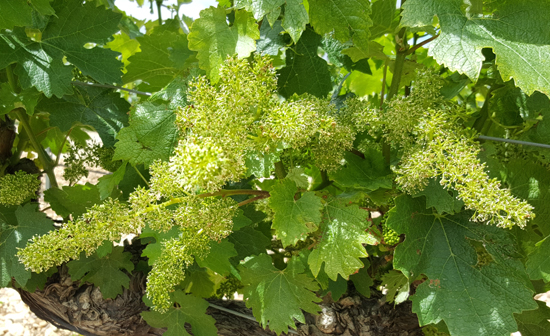
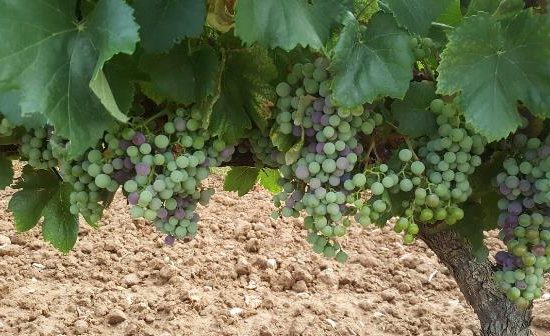
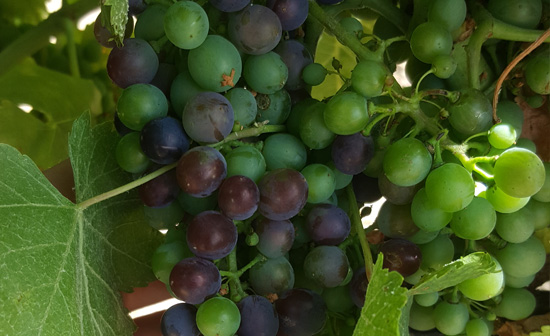
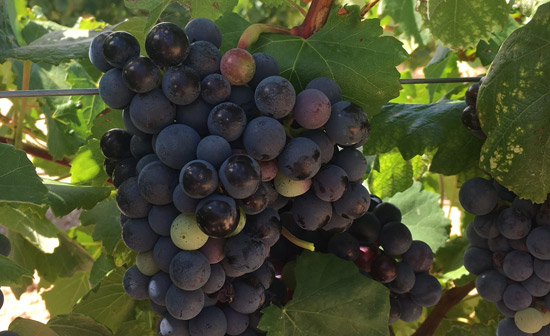
Vineyard during summer
Flowering takes place between the end of May and the beginning of June. It is a delicate moment with great climate influence. At this stage we take care of maintaining the water and nutritional needs of the vine and controlling the health status of the plot.
After flowering, grapes appear, gaining weight until the cluster growth. At this stage we continue controlling the development, healthy status and water needs of the plot. When the bunch is closed they start to change color (envero) which results in several changes: berries loses pressure evolving from green to purple and reducing their acidity. At that time emerge the noble compounds of the grape: tannins, anthocyanins, flavonoids, phenolic acids … and also increases its need for water.
Once the clusters turn completely colored, we carry out maturation samplings in the laboratory to foresee the harvest optimal moment according to the wine to be made.
Vineyard during autumn
Once the optimal harvest time has been defined, it is carried out. It is a very important stage for us and we carry out with the utmost care to preserve all the characteristics of the grape. We practice the night harvest which means we collect the grape at night, when its temperature is lower to avoid possible damage caused by temperature high contrasts.
During the grape transformation into wine we continue to control the temperature in stainless steel tanks. Meanwhile, the vineyard falls asleep, waiting for the cycle to start again.
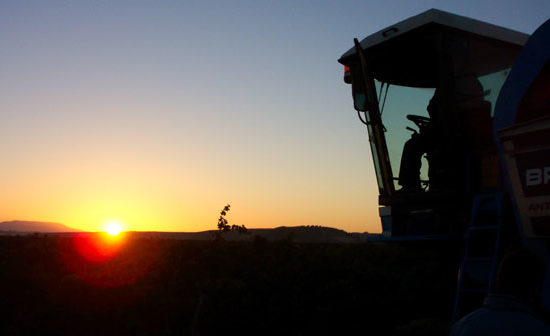
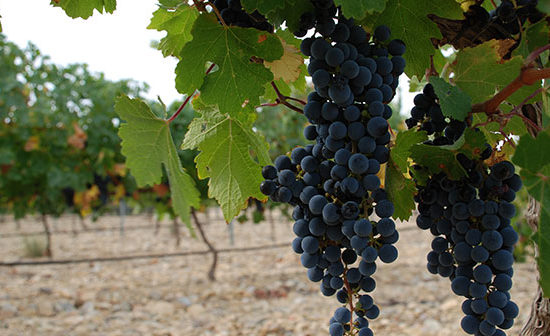
We practice the night harvest in order to keep all the organoleptic features of the grape.
We produce top quality wines thanks to the extreme care of our vineyards. Discover them in our online shop.

